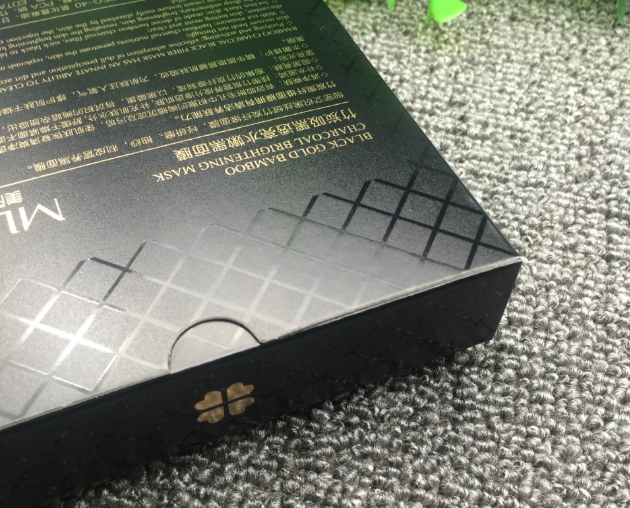Difference Between Reverse UV and Partial UV
The difference between reverse UV and localized UV
Reverse UV and localized UV are two different printing processes, which differ in terms of effect, process flow and application. The following are their main differences:
Effect difference
Reverse UV: Reverse UV is characterized by a combination of local varnishing and local frosting to achieve a high contrast effect on local graphics. It enables the simultaneous existence of a mirror-like high gloss effect and a matte or linen non-high gloss effect on the same print, creating a stronger contrast in brightness and enabling the varnish to achieve better results.

Localized UV: Localized UV is mainly in specific areas for UV varnish treatment, so that these areas show a high gloss effect, while other areas remain the original matte effect. The effect of localized UV is relatively single, mainly to highlight the gloss of specific areas.

Process difference
Reverse UV: The process of reverse UV includes printing a layer of transparent reverse ink on the non-high-gloss areas first, then applying UV varnish on the overall surface, and finally curing by UV light. This allows for a contrasting effect of high gloss and matte on the same print4.
Localized UV: The process of localized UV is relatively simple, only need to apply UV varnish to a specific area, and then cured by UV light. The process of localized UV is more straightforward and does not require an additional reverse ink printing step.
Application Differences
Reverse UV: Reverse UV is suitable for application scenarios where multiple glossy effects need to be realized on the same print, such as high-grade packaging boxes, brochures, business cards, etc. It can enhance the visual impact and texture of printed materials, making them more exquisite2.
Localized UV: Localized UV is suitable for application scenarios that need to highlight the glossy effect of specific areas, such as product labels, posters, invitations, etc. It can enhance the visual impact and texture of printed materials. It can enhance the visual effect of specific areas and make them more eye-catching.
Cost Difference
Reverse UV: Since the process of reverse UV is more complicated and requires additional reverse ink printing steps, its cost is relatively high.
Localized UV: The process of localized UV is simpler, so its cost is relatively low.
In summary, reverse UV and localized UV differ in terms of effectiveness, process, application and cost. Which process to choose depends on the specific printing needs and budget.







